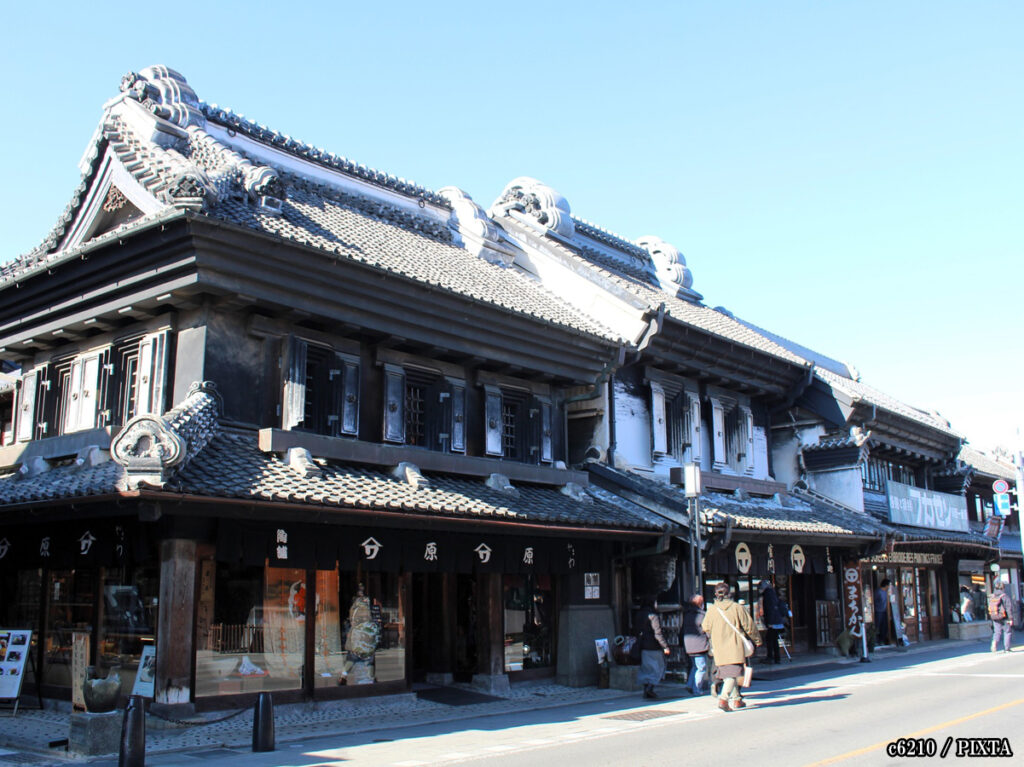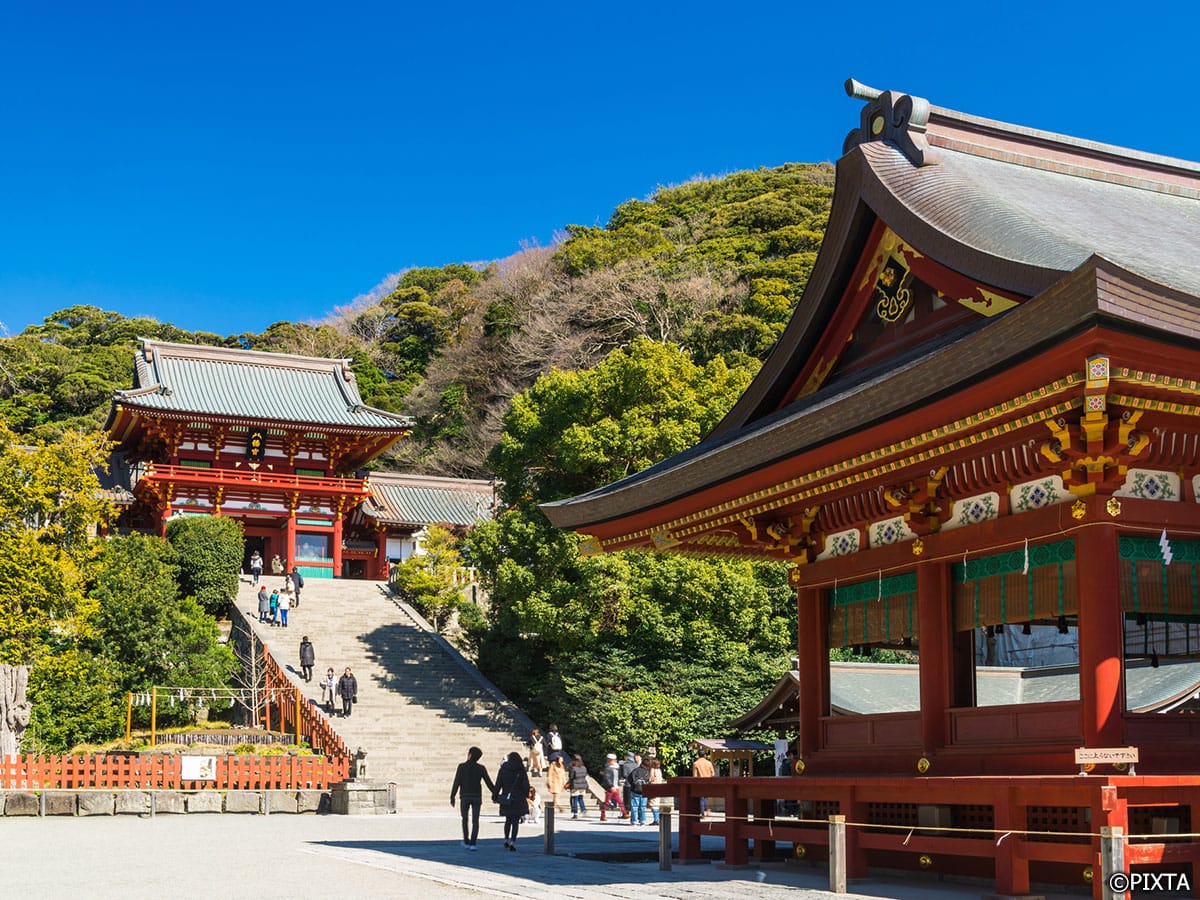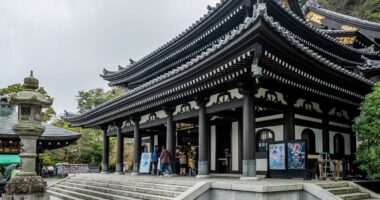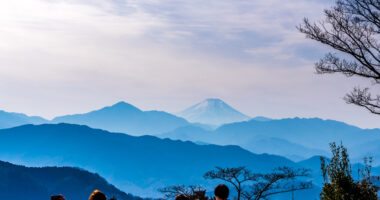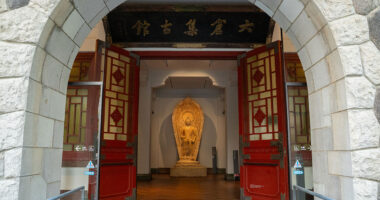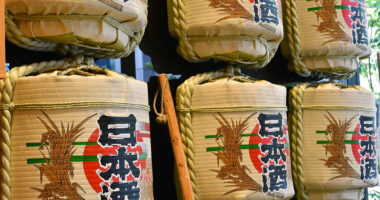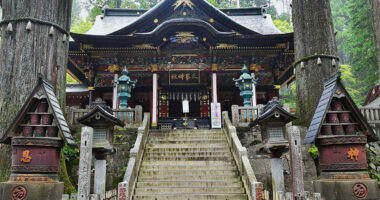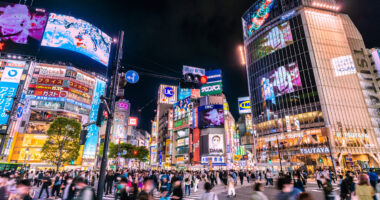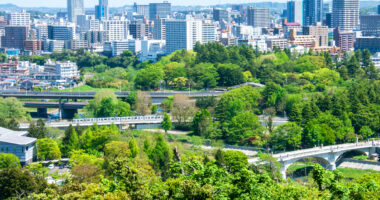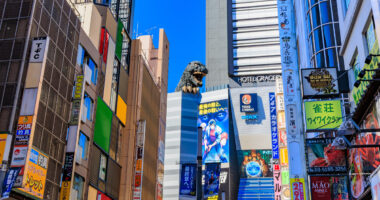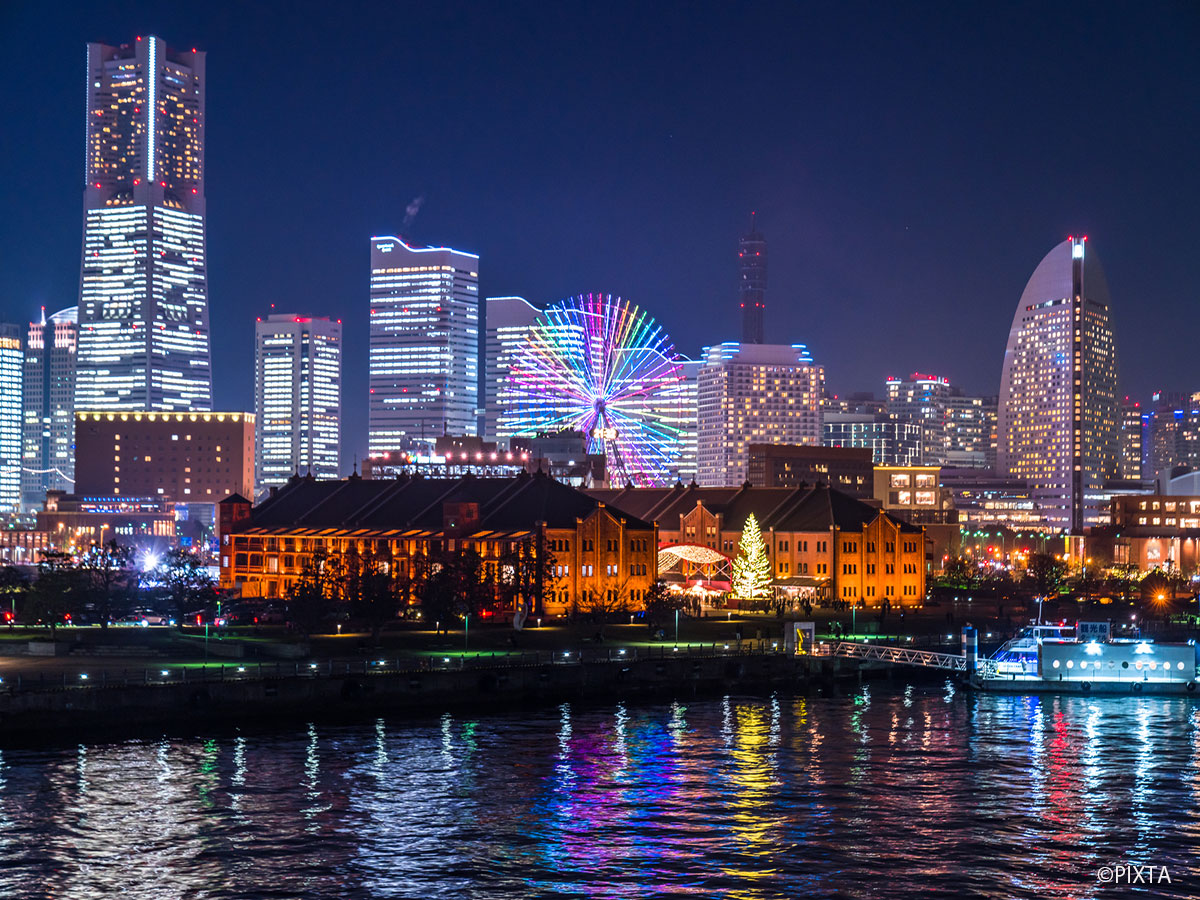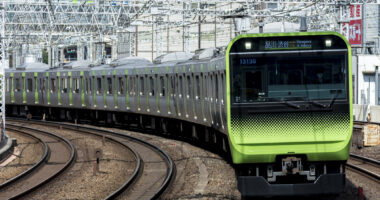Need a break from Tokyo’s fast-paced energy, but don’t want to spend hours on a train? A day trip to Saitama is the perfect answer. With its compact sightseeing areas, low crowds, and efficient rail access, you can step into a different world, without leaving the Greater Tokyo area.
In this article, we’ll show you how to plan the perfect one-day escape with themed itineraries tailored to your interests—whether you’re into heritage towns, scenic hikes, or fun museums. We’ll also walk you through the easiest train routes from Tokyo, so your adventure stays stress-free from start to finish.
Why choose Saitama for a day trip?
Not every great travel experience in Japan requires a bullet train ride or a packed itinerary. Saitama offers a more relaxed way to explore Japanese culture without even traveling far from Tokyo. With direct train access, compact neighborhoods, and affordable transport using standard IC cards like Suica or PASMO, it’s an easy destination that won’t eat up your time or budget.
What makes Saitama special is its balance: scenic, culturally rich, yet rarely overcrowded. Whether you’re traveling solo, as a couple, or with family, it’s the kind of place where you can slow down and enjoy a different side of Japan, often overlooked but pleasantly surprising.
How to get to Saitama from Tokyo
Saitama is directly connected to Tokyo via multiple train lines, making it incredibly easy to explore without a car. Here are some of the most common starting points to the popular Saitama destinations of Kawagoe, Chichibu and Ōmiya:
- Ikebukuro to Kawagoe:
Take the Tobu Tojo Line or JR Saikyo Line. Travel time: approx. 25–50 minutes. - Ikebukuro to Chichibu:
Take the Seibu Chichibu Line via the Limited Express “Laview.” Travel time: approx. 80 minutes. - Ueno or Tokyo Station to Omiya:
Take the JR Takasaki, Ueno-Tokyo or Utsunomiya lines or the Shinkansen if you’re on a Japan Rail Pass. Travel time: approx. 20-30 minutes.
Each destination can be explored in half a day, but pairing two nearby stops (like Omiya and Kawagoe) is a great way to build a full itinerary.
Want a detailed breakdown of routes and tickets?
Check out our guide: “How to Get to Saitama from Tokyo: Train Guide for Tourists.”
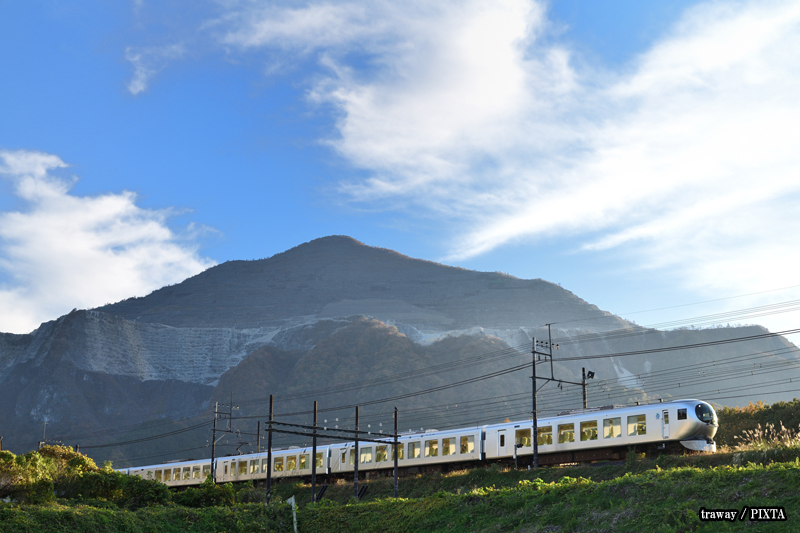
Photo for illustrative purposes
Suggested day trip itineraries
Kawagoe: Edo-era townscapes and spiritual serenity
- Morning:
Start at Kurazukuri Street, an iconic historic district of Kawagoe also known as “Little Edo.” Here you’ll find traditional merchant houses, old-fashioned candy shops, and the picturesque “Toki no Kane” bell tower. - Afternoon:
Walk to Kawagoe Hikawa Shrine, a beloved local shrine famous for its romantic ties. The tunnel of ema (wooden prayer plaques) and seasonal wind chime displays make this a photogenic stop year-round.
Getting there:
From Ikebukuro Station, take the Tobu Tojo Line to Kawagoe Station (25-30 minutes).
Tip:
Buy a one-day Tobu rail pass if you plan to make multiple stops in the area.
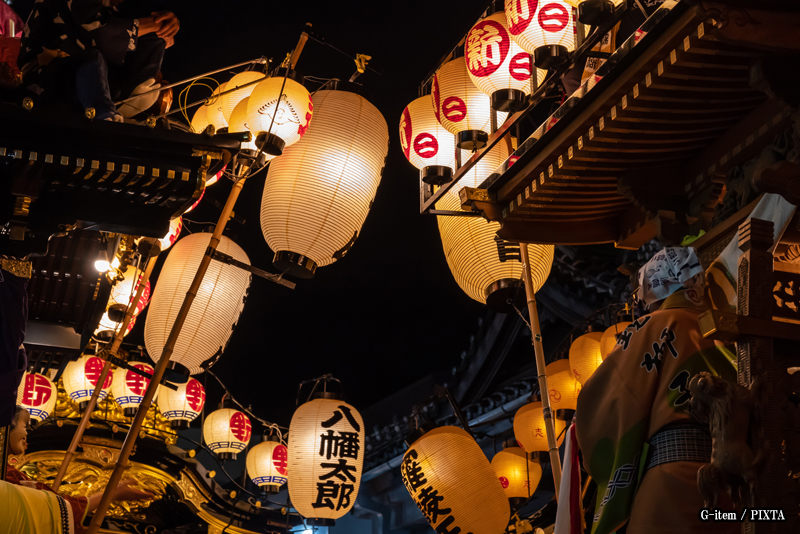
Photo for illustrative purposes
Chichibu: mountains, shrines, and ropeway views
- Morning:
Catch an early Limited Express “Laview” from Ikebukuro to Seibu-Chichibu Station. Begin your trip at Chichibu Shrine, a historic site with vibrant carvings and centuries-old traditions. - Afternoon:
Hop on the Hodosan Ropeway to Mount Hōdo, especially scenic during spring’s plum blossom season or autumn’s foliage. Hike the gentle trails or simply enjoy the panoramic views from the summit. - Seasonal bonus:
Visit in December for the UNESCO-listed Chichibu Night Festival, one of Japan’s most stunning float festivals with fireworks as a bonus. Note: The last train from Seibu Chichibu leaves for Tokyo at 10:15 PM, so plan accordingly.
Getting there:
From Ikebukuro Station, take the Seibu Chichibu Line (approx. 80 minutes by express).
Tip:
Pack comfortable walking shoes and check the ropeway schedule in advance.
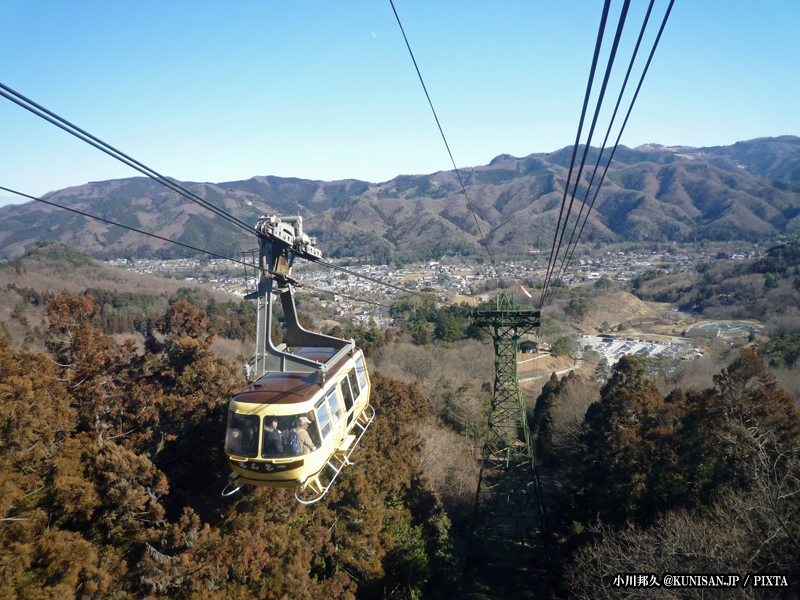
Photo for illustrative purposes
Ōmiya: modern-era history meets bonsai tradition
- Morning:
Step into Japan’s railway history at The Railway Museum, one of the largest train museums in the country. Interactive exhibits and life-sized train cars make it a hit for all ages. - Afternoon:
Take a short local bus or walk to the Omiya Bonsai Village, where multiple gardens and the Omiya Bonsai Art Museum showcase the refined art of miniature trees. The neighborhood itself is peaceful and relaxing—a pleasant contrast to city bustle.
Getting there:
From Tokyo or Ueno Station, take the JR Takasaki Line, Ueno-Tokyo Line or Utsunomiya Line to Omiya Station (approx. 30-35 minutes), or the Shinkansen if you’re on a Japan Rail Pass (approx. 20-25 minutes), then transfer to the New Shuttle line or local bus.
Tip:
Combine with a stop at Hikawa Shrine, just a 15- to 20-minute walk from Omiya Station.
Curious if Saitama is worth the trip?
Check out our article: “Is Saitama Worth Visiting? 6 Reasons It’s a Hidden Gem Near Tokyo”
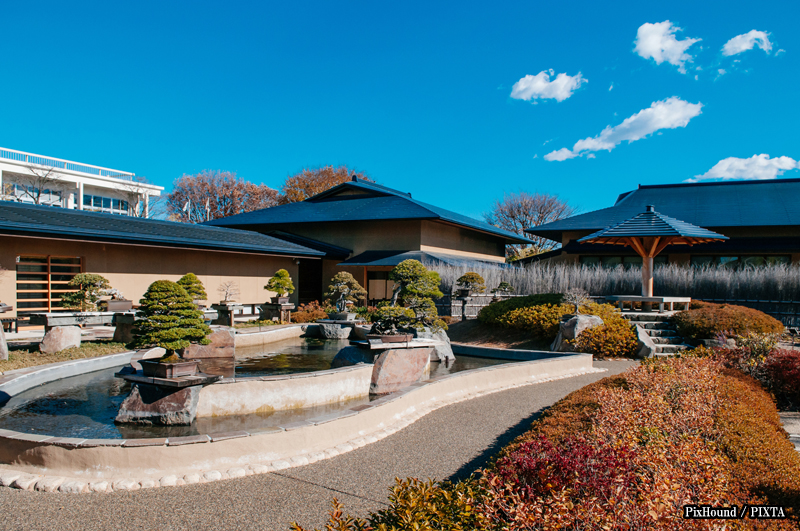
Photo for illustrative purposes
Seasonal highlights by month
Saitama’s attractions shine in every season, offering something unique throughout the year.
- Spring (March-May):
Plum blossoms on Mount Hodo, cherry trees in Kawagoe Castle Park, and wisteria at the Kasukabe Fuji Matsuri festival. - Summer (June-August):
A fireworks festival in Kumagaya and a lantern-filled parade at the Kuki Lantern Festival. - Autumn (September-November):
Fiery foliage in Chichibu, especially in Nagatoro Valley, and crisp air ideal for hiking. - Winter (December-February):
Chichibu’s night festival and clear weather offering Mount Fuji views from elevated spots.
Plan your day trip to match these highlights for a more immersive experience.
Travel tips for a smooth day trip
- Use an IC card:
Suica and PASMO are accepted on all major train lines in the region. You can also recharge them at convenience stores or station machines. - Avoid peak hours:
Trains can be crowded between 7:00 to 9:00 AM and 5:00 to 7:00 PM on weekdays. Aim to travel mid-morning and return before or after rush hour. - Check local maps in advance:
Not all stations have English signage, especially in more rural areas like Chichibu. Download offline maps or use free Wi-Fi hotspots at stations, etc. when available. - Pack light:
Lockers are available at most major stations, but having a compact day bag will make moving around easier. - Weather check:
Some attractions (especially ropeways and hikes) are weather-dependent, so check forecasts before heading out.
Final thoughts: Saitama, the perfect Tokyo side trip
Just because you’re based in Tokyo doesn’t mean you need to stay in the city. Saitama offers a rich, varied, and easily accessible escape, whether you’re craving history, nature, or cultural experiences. With efficient trains, walkable towns, and seasonal color, it’s one of the easiest ways to add local depth to your Japan adventure.
So the next time you’re looking to go beyond Tokyo, set your sights just a little north. Saitama might just surprise you.
